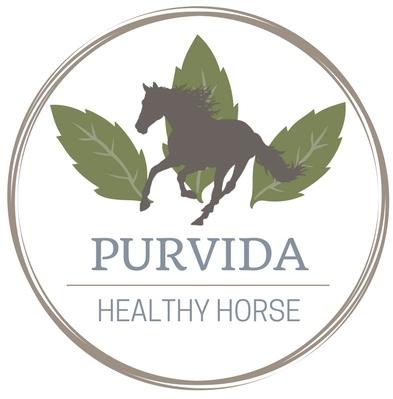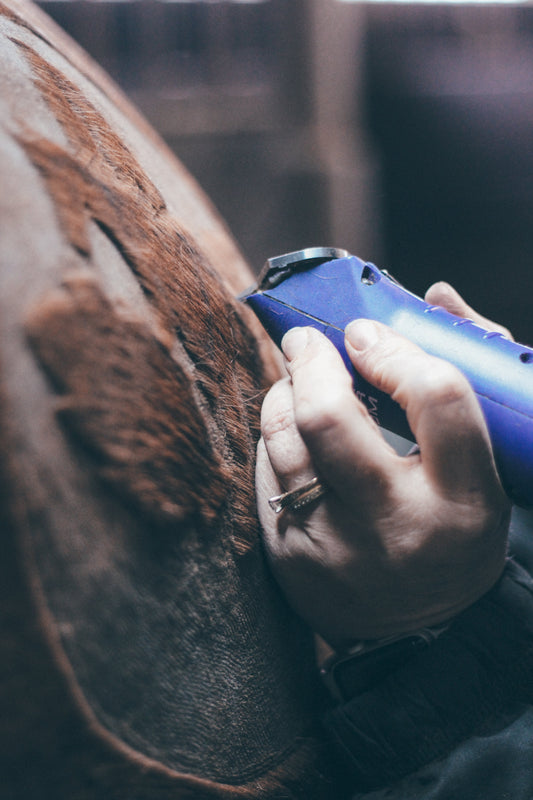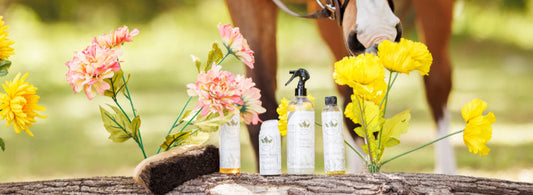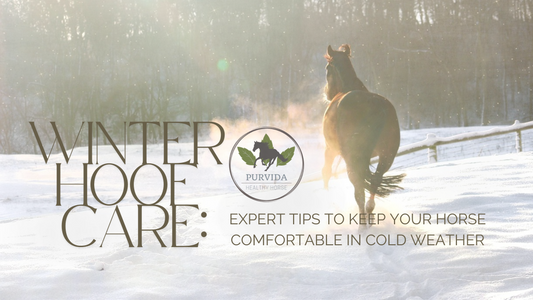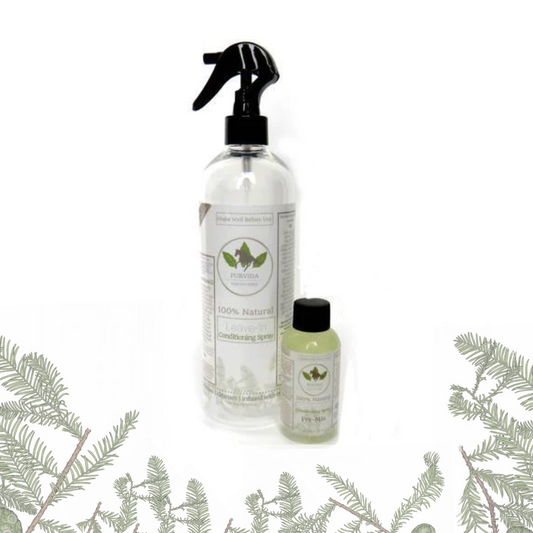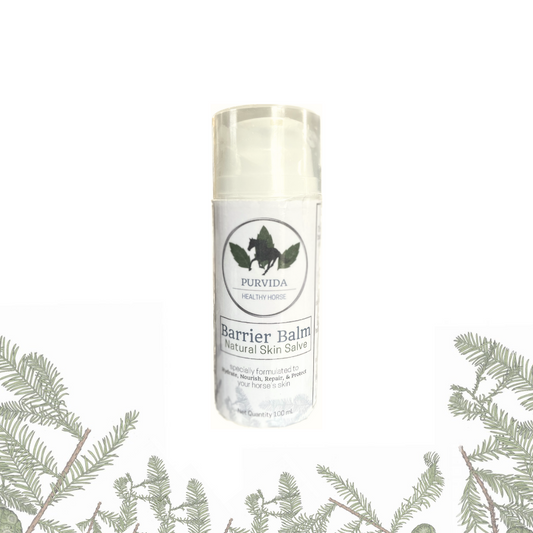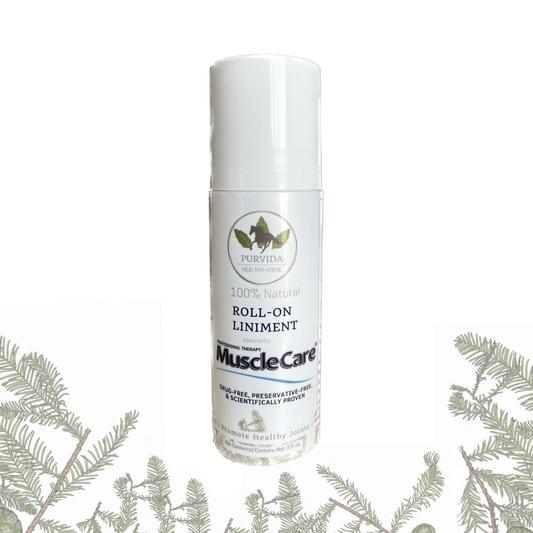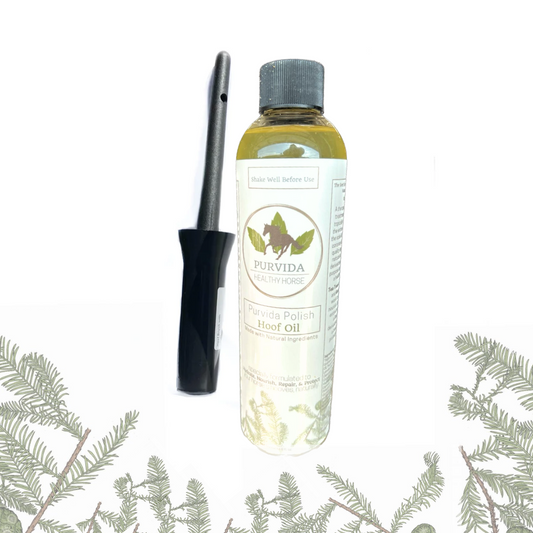Spring is on it’s way and us equestrians are here for it, but addressing mud-related challenges is key in order to fully enjoy the upcoming season with our horses.
As the weather begins to change, we get more water. Once the ground becomes saturated with that water, we get mud. Which is essentially a mixture of soil and water that has a specific consistency, and its formation is influenced by various environmental factors like soil composition, vegetation, slope, etc. But why exactly does mud cause so many problems for equestrians?
In a nutshell: mud traps and retains organic material, including bacteria, creating reservoirs within its structure. Mud provides a protective environment for bacteria, shielding them from external stressors, such as UV radiation from the sun. The reservoirs within the mud allow bacteria to survive in conditions that might be unfavorable outside this environment, which means bacteria can endure and persist within the mud, waiting for suitable conditions to proliferate.
This complex interplay of factors, including moisture, organics, anaerobic conditions (no oxygen), pH levels, UV protection, and microbial diversity, collectively fosters a breeding ground for bacteria to flourish.
While we may not have control over the mud, there are some steps we can take to keep our horses comfortable and prevent hoof and skin issues.

Problem: Hoof Care
Mud retains moisture, creating an environment conducive to the growth of bacteria and fungi. Constant exposure to wet conditions can soften the hooves and make them more susceptible to infections like thrush. Mud can accumulate in the hooves, providing an ideal breeding ground for bacteria that cause thrush. The bacteria thrive in the anaerobic (low-oxygen) conditions found in mud-packed hooves.
Solution: Maintain Moisture Balance

Maintaining the right balance of moisture in the hooves is key to preventing issues like dryness or excessive softening. Regular cleaning and drying of the hooves after exposure to snow or wet conditions help mitigate the risk of thrush and other infections. Hoof moisturizers or conditioners can also be applied to prevent excessive drying. The Purvida Polish Hoof Oil uses a unique combination of natural ingredients to not just hydrate your horse’s hooves, but also fight thrush and create a protective, breathable barrier using natural ingredients like tea tree oil and beeswax. This beeswax actually helps to seal the hoof and stop water from seeping in, while still allowing the hoof to breathe and perform its natural functions. While Tea Tree Oil is a powerful natural antibacterial agent and strong enough that it helps to harden the hoof as well.
Problem: Mud Fever/Scratches
Prolonged exposure to muddy conditions can lead to skin issues, including bacterial and fungal infections. Mud harbors a ton of microorganisms that, when in contact with the horse's skin for extended periods, can cause dermatitis, rain rot, or mud fever/scratches. Mud fever, also known as scratches, is a condition characterized by skin inflammation, scabs, and sometimes oozing sores, usually affecting the lower limbs. The combination of moisture, mud, and bacteria/fungi can lead to the development of this painful condition, that is unfortunately very common this time of year.
Solution: Keep Your Horse Dry & Clean
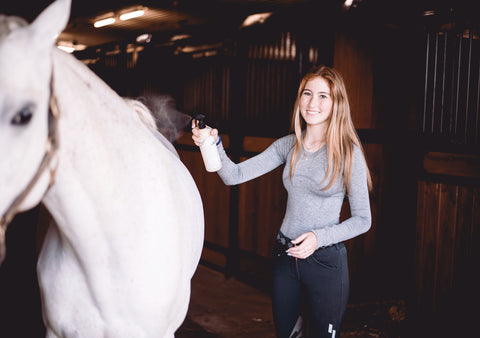
Prevention is key to tackling mud fever, and keeping your horse as dry and clean as possible is the foundation of this approach. By using a combination of our All-In-One Grooming Spray and Barrier Balm Skin Salve, you can effectively clean and protect your horse’s skin and coat until the mud dries up. Natural ingredients like coconut oil, cedarwood essential oil in our All-In-One Grooming Spray work to naturally kill bacteria and provide a little extra support to your horse’s skin this time of year, while our Barrier Balm is formulated with ingredients like jojoba oil and myrrh essential oil to easily and gently soften and remove scabs, kill bacteria, and promote healthy skin, helping you get rid of mud fever and keep it away.
Remember, investing a little time grooming your horse regularly and using smart products to tackle mud issues will help both of you in the long run. Keep your horse comfortable, enjoy the ride, build that special bond, and make the most of every sunny day with your buddy – here's to a muddy yet marvelous spring!

